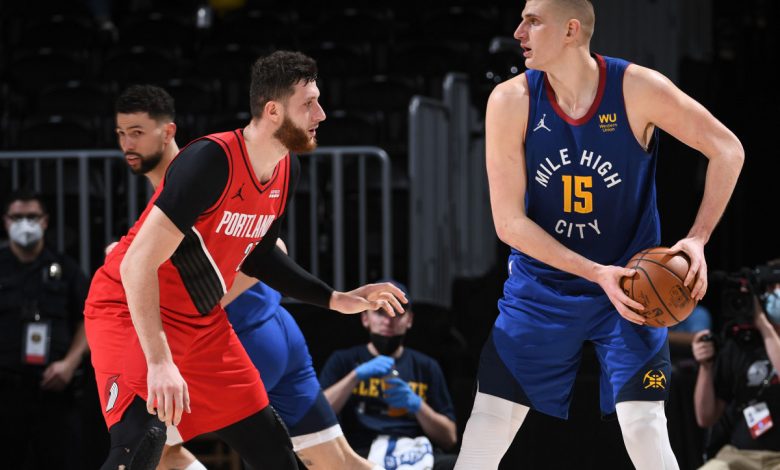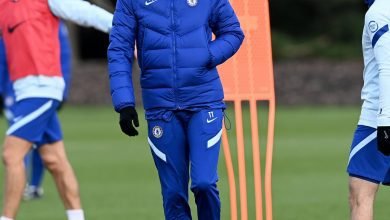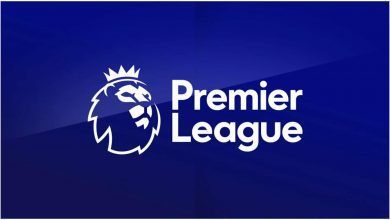
LAS VEGAS — The NBA playoffs are in full swing, and this is the time of year when you hear about the famous “zig-zag theory.”
For those who don’t know, this is also known as the “loser-of-the-last theory” that says to bet on the straight-up (SU) loser in its next game against the spread. This was popularized by the Gold Sheet in the 1980s and ’90s, and it was gold as the zig-zag theory went a very profitable 311-249-10 ATS (55.5 percent) from the 1991 NBA playoffs through 2000.
The logic behind it is that teams make adjustments after they lose or play with added incentive, while a team isn’t as likely to make adjustments after a victory (note: there’s also a school of thought that says longer series mean higher TV ratings and advertising revenue for the networks and more money for the NBA itself, and that played into the zig-zag’s success as well).
The trend became more well-known with the advent of the internet and, as is often the case with any kind of trend like this, it dried up as oddsmakers adjusted. It’s been around 50 percent over the past two decades (and as I hope we all know, you have to hit 52.3 percent when laying -110 to break even).

In fact, the zig-zag was a woeful 15-25-2 ATS last year when I stopped keeping track during the second round. Of course, the 2020 playoffs were different from all others before it as it was played in the “bubble” in Orlando, Fla., due to the COVID-19 pandemic, so I really believe we can throw those results out the window.
So, while I certainly don’t advocate betting the zig-zag blindly anymore, I believe it’s still relevant to consider it when handicapping the games, especially since it still impacts the way oddsmakers set lines as there’s still plenty of people out there betting the zig-zag.
The system doesn’t kick in until Game 2 of a series (since you obviously need a loser of a game to focus on). It started this postseason at 1-1 ATS on Monday. The Heat (the SU loser of Game 1 despite covering ATS) got blown out by the Bucks as 5-point road underdogs, but then the Nuggets (outright losers of Game 1) routed the Trail Blazers as 2-point home favorites.
The zig-zag went 1-2 ATS on Tuesday as the Lakers bounced back from their Game 1 loss to the Suns, but the Celtics and Clippers both lost their Game 2s to both fall 0-2 behind the Nets and Mavericks, respectively. On Wednesday, the zig-zag went 2-1 ATS to get back to .500 at 4-4 ATS with the Knicks and Jazz evening their series with the Hawks and Grizzlies after losing Game 1s while the Wizards failed to cover against the 76ers.
If you’re wondering what I meant about the zig-zag theory still impacting lines despite its fall from grace, remember that the Lakers were 2-point underdogs at the Suns in Sunday’s Game 1, but after losing they were 2-point road favorites in Game 2 as oddsmakers and bettors looked for them to bounce back. Another example: The Jazz were 8-point favorites when they were upset by the Grizzlies on Sunday, but they closed as 10-point favorites on Wednesday and zig-zag bettors were on the winning side despite having to lay the added points.
Favorites have been doing the best with the zig-zag so far this postseason as they were 4-1 ATS through Wednesday while underdogs hadn’t covered yet at 0-3 ATS. Home teams were also faring better at 3-1 ATS while road zig-zaggers were struggling at 1-3 ATS. The zig-zag plays for Thursday would have been Heat +1.5 vs. the Bucks, Suns +6.5 at the Lakers and Blazers -4 vs. the Nuggets, so you can see if those trends have been holding up.
On Friday night’s card, the zig-zag plays would be the Hawks -4 vs. the Knicks, Celtics +7.5 vs. the Nets and the Clippers -2 at the Mavericks.
As I said before, the zig-zag is no longer a system to bet blindly but just another thing to factor into your handicapping of the games. In this space last week, I recommended waiting to bet the Knicks in their series until Games 3 and 4 in Atlanta because they were better on the road this season at 23-13 ATS (63.9 percent). I even wrote: “We’re hoping to get about four points, which gives us more wiggle room to cover in what should be close games.” As of Thursday afternoon, the Knicks were 4-point road ’dogs, which has us fading the zig-zag theory in this case.
As for Friday’s other games, the Celtics are back home, but I’m passing on them again after the Nets beat them by 11 and 22 points in the first two games, and I was on the Mavericks in Games 1 and 2 and am not about to lay points with the Clippers no matter what the zig-zag says.
On Saturday, I can get on board with the Wizards +5.5 vs. the 76ers and Grizzlies +5 vs. the Jazz as zig-zag home underdogs. The Bucks-Heat and Nuggets-Blazers lines weren’t posted as of deadline as both series were having their Game 3 on Thursday night.
See how those turned out and how the oddsmakers adjust the lines to see if you’ll zig or zag.





